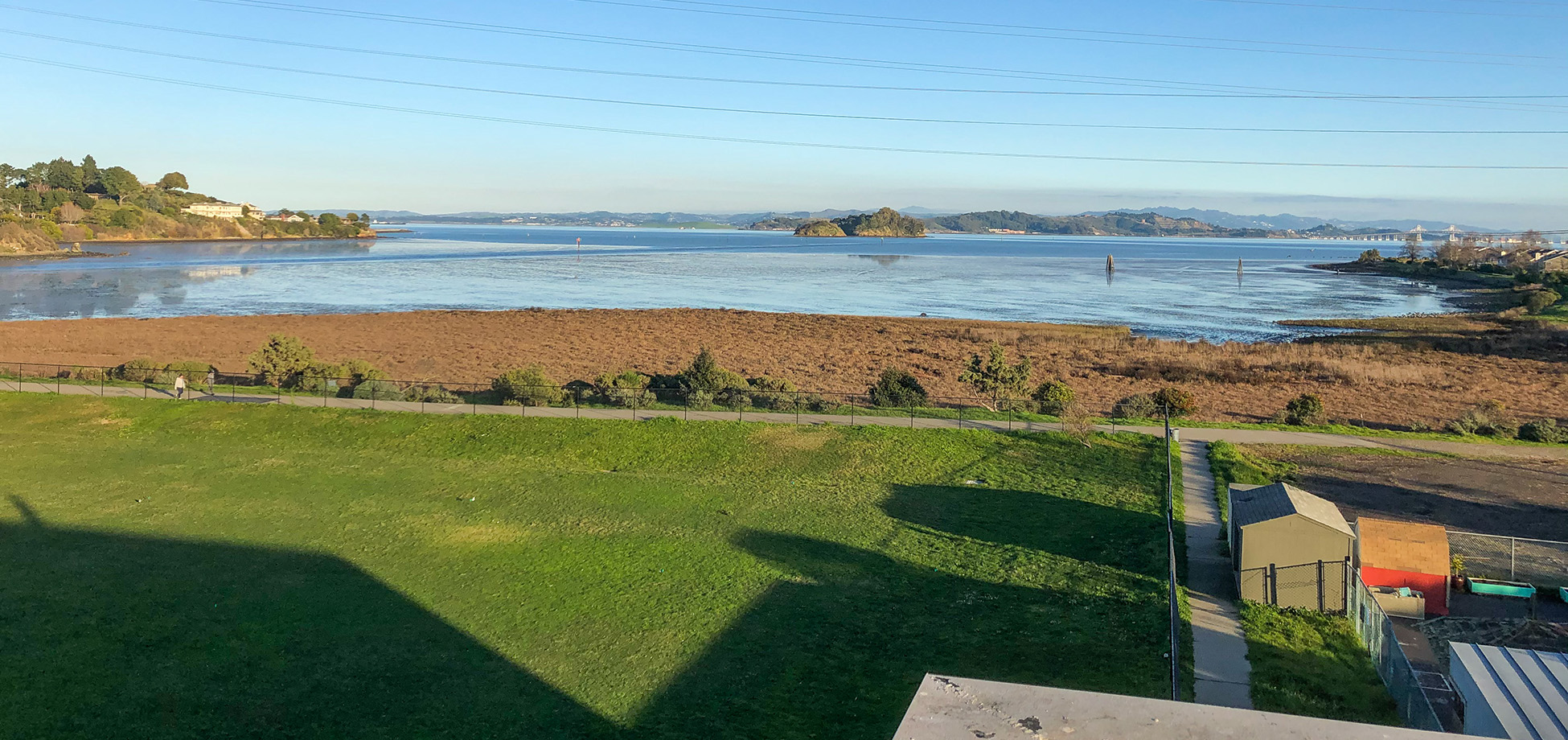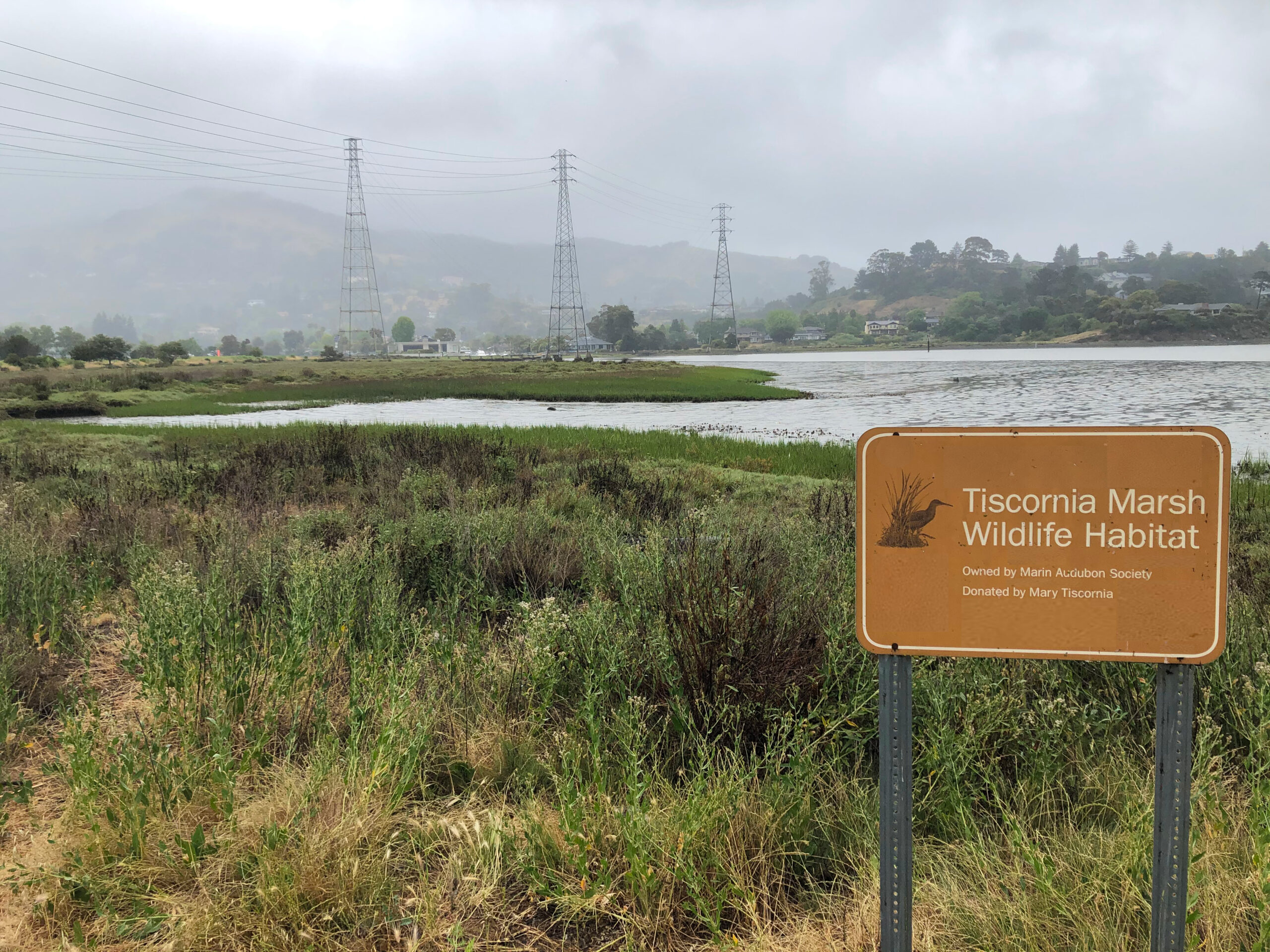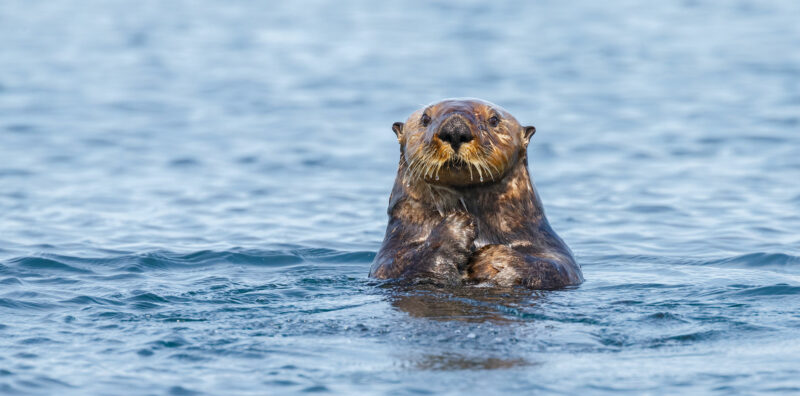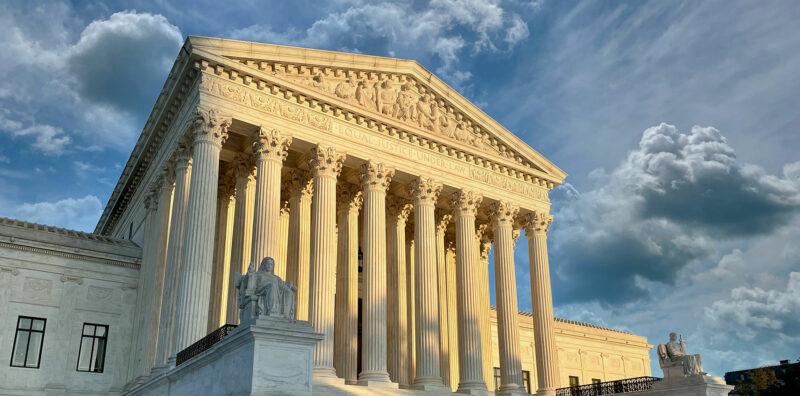The finalization of California’s 2026 Fiscal Year budget on June 30, 2025, did more than...

Tiscornia Marsh Tidal Habitat Restoration
This innovative marsh restoration project is using four nature-based sea level rise adaptation strategies, to help protect one of Marin County’s most underserved and vulnerable regions, San Rafael’s Canal community.
Why does this project matter?
The project will preserve and expand one of the few remaining tidal marshes in San Rafael Bay, while simultaneously improving public access and reducing flood risk and sea level rise vulnerability for the Canal neighborhood. This collaborative project, co-sponsored by Marin Audubon Society and the City of San Rafael, incorporates extensive community engagement led by teaming partner Multicultural Center of Marin (MCM). This includes the formation of an innovative ‘Resilience Team,’ public meetings, field trips, youth radio programs, and other activities that encourage the community’s engagement in addressing climate change and the impacts of sea level rise on their neighborhood.
What is ESA doing to help?
ESA will support Marin Audubon and the City of San Rafael from start-to-finish on this innovative project. ESA developed the original restoration concept and advanced the project through planning, final design, CEQA, permitting, and has assisted with public engagement. The first phase of implementation is scheduled for next year, and ESA will be supporting construction oversight and compliance monitoring. Community participation will continue through volunteer planting events, continuation of the Resilience Team, and other activities.
Connect with our team
“Tiscornia Marsh is the last remaining piece of the larger San Rafael Marsh complex, and it connects the community to the Bay and to nature. It is really a treasure to have this resource your backyard.”
Details
Location San Rafael, California
Market Natural Resource Management
Services
Restoration
Coastal Restoration
Wetland Restoration
Landscape Architecture
Design
Community Engagement
Flood & Stormwater Management
Coastal Zone Engineering & Management
Hydrology, Hydraulics & Geomorphology
Environmental Permitting & Compliance
Permitting Assistance
California Environmental Quality Act (CEQA)
Cultural & Historic Resources
Archaeology
Climate Change & Resilience
Climate Change Adaptation
Sustainability Planning
Biological Resources
Fish and Aquatic Sciences
Land & Resource Management
Notable
The Project will serve as a demonstration project showcasing four nature-based sea level rise adaptation strategies being promoted in San Francisco Bay. (1) Tiscornia Marsh will be restored to its 1950s-era extent by beneficially reusing dredged material from local sources. (2) The marsh will also be extended landward by restoring tidal action to the diked marsh. (3) A climate-resilient gravel beach will be constructed along the marsh edge to resist ongoing? erosion. (4) The shoreline levee will be raised and enhanced by incorporating a gently sloped ecotone that provides habitat value and wave dissipation.

News & Ideas
To protect critical ecosystems and water supplies amid growing climate and regulatory pressures, ESA partners...
ESA is pleased to announce the appointment of new practice leaders to oversee two of...
ESA is thrilled to announce the promotion of Autumn Ward to the role of Airports...
In our industry, we must consider compliance with the federal Endangered Species Act (FESA) when...
How the Supreme Court narrowed the consideration of indirect and cumulative effects under NEPA. The...








